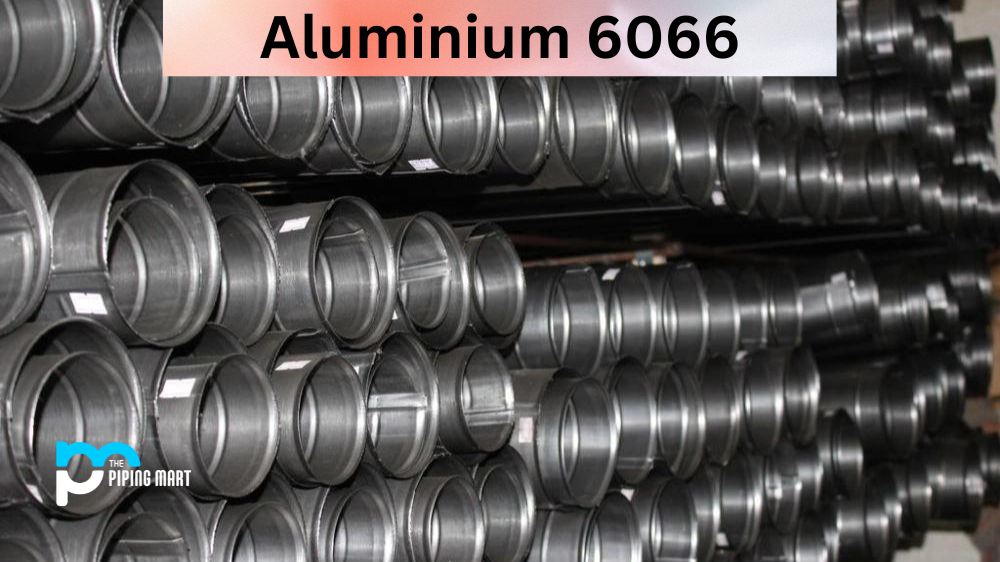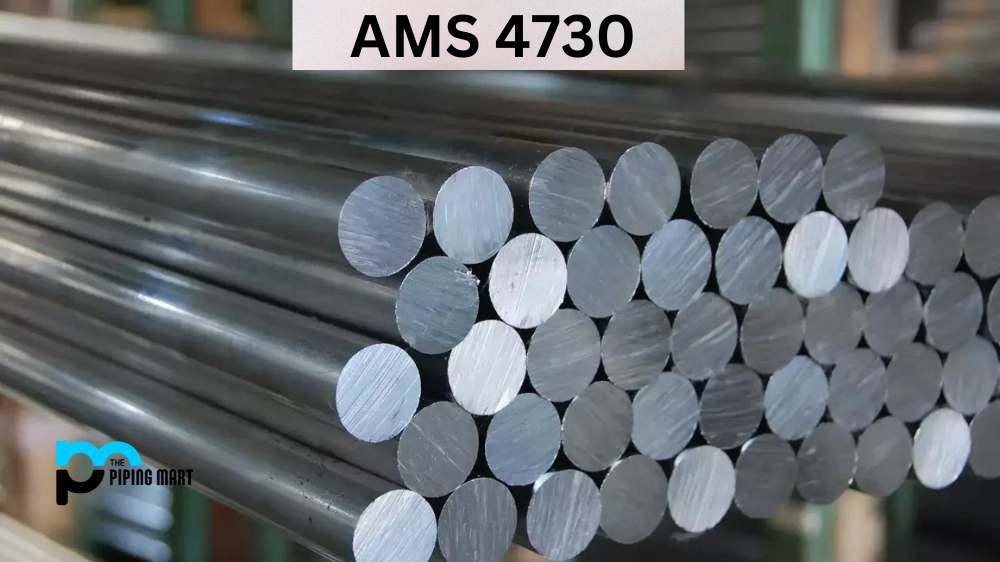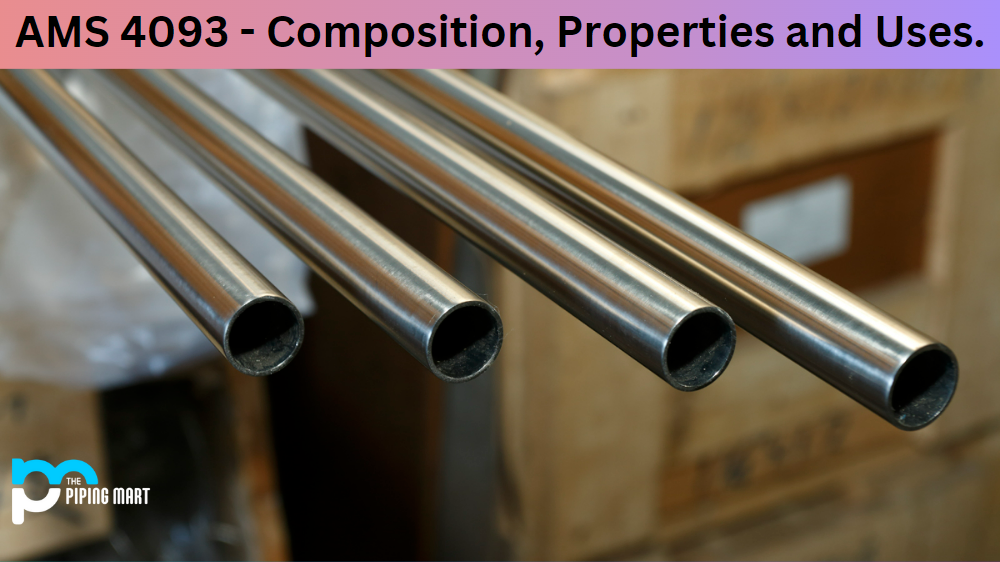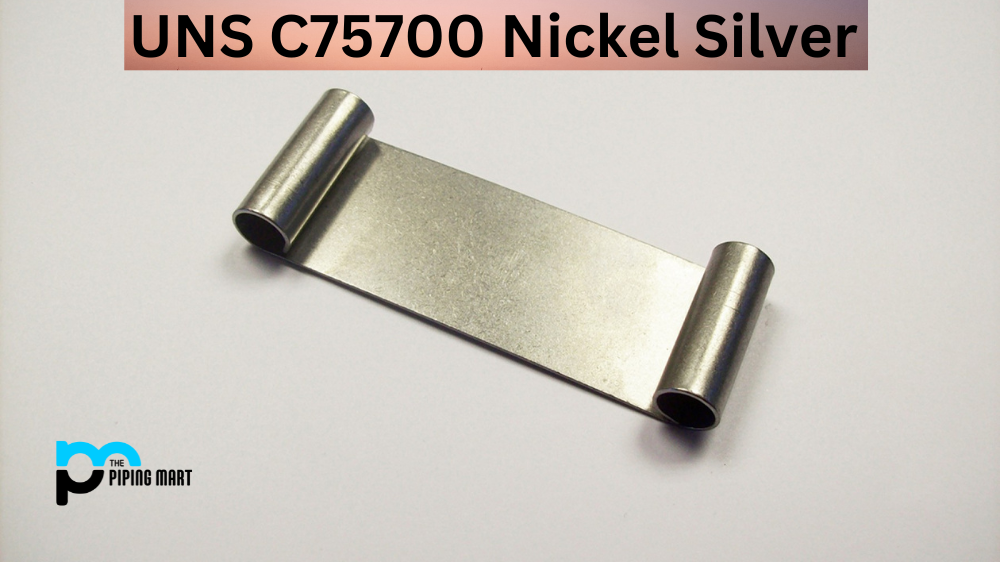Aluminum 6066 Alloy (UNS A96066) – Composition, Properties and Uses
Aluminium 6066 is a strong alloy created by combining aluminum, magnesium, and silicon. It has a wide range of applications in the automotive, construction, and aerospace industries due to its high strength-to-weight ratio and excellent corrosion resistance. In this blog post, we’ll discuss the uses of aluminum 6066, its corrosion resistance, heat resistance, heat treatment, machining capabilities, and welding properties.
6066 Alloy Composition
| Element |
Content (%) |
| Aluminium / Aluminum, Al |
95.7 |
| Silicon, Si |
1.40 |
| Magnesium, Mg |
1.10 |
| Copper, Cu |
1 |
| Manganese, Mn |
0.8 |
6066 Alloy Physical Properties
| Properties |
Metric |
Imperial |
| Density |
2.6-2.8 g/cm3 |
0.0939- 0.101 lb/in3 |
6066 Alloy Mechanical Properties
| Properties |
Metric |
Imperial |
| Tensile strength |
150 MPa |
21755 psi |
| Yield strength |
83 MPa |
12038 psi |
| Shear strength |
97 MPa |
14069 psi |
| Fatigue strength |
110 MPa |
15954 psi |
| Elastic modulus |
70-80 GPa |
10153-11603 ksi |
| Poisson’s ratio |
0.33 |
0.33 |
| Hardness |
43 |
43 |
6066 Alloy Thermal properties
| Properties |
Conditions |
| T (ºC) |
Treatment |
| Thermal conductivity |
147 W/mK |
25 |
– |
6066 Alloy Equivalent
Other designations equivalent to Aluminium / Aluminum 6066 alloy include ASTM B221.
6066 Alloy Uses
Aluminum 6066 is used in a variety of applications in the construction and automotive industries due to its high strength-to-weight ratio and excellent corrosion resistance. It can also be used in aerospace components due to its low weight and good mechanical properties. This alloy is often used to make structural parts such as frames, housings, tubing components, truck cabs, and aircraft components such as wing skins and fuselage skins.
Corrosion Resistance
Aluminium 6066 is highly resistant to corrosion because it contains small amounts of silicon, forming a protective oxide layer on the surface of the alloy. The oxide layer prevents further chemical reactions, which would cause corrosion. Additionally, aluminium 6066 has an inherent ability to form very tight bonds with other metals when exposed to certain temperatures due to its low melting point, which helps increase its corrosion resistance even further.
Heat Resistance
Aluminum 6066 has excellent heat resistance up to 300 degrees Celsius (572 degrees Fahrenheit). At higher temperatures, it can begin to lose strength, but the alloy still retains excellent heat resistance up to 400 degrees Celsius (752 degrees Fahrenheit), making it perfect for applications that require frequent exposure to high temperatures, such as exhaust systems or automotive engines.
Heat Treatment
Aluminium60 66 can be heat treated using several different methods, including solution treating and ageing (T6 temper), quenching and tempering (T4 temper), stress relieving (SR temper), annealing (O temper) or precipitation hardening (H19/H24 tempers). Heat treatment improves the mechanical properties of aluminium alloys by changing their microstructure which increases their strength-to-weight ratio making them ideal for applications that require high levels of strength without adding too much weight.
Machining
Aluminium 6066 can be machined using conventional machining processes such as turning, drilling or milling. The alloy is easy to machine because it has good machinability ratings meaning that cutting tools will last longer when working with this material compared with other materials like steel or titanium alloys. Additionally, aluminium alloys are known for their low tool wear rates, so they can be machined faster than other materials reducing production time significantly while maintaining quality standards.
Welding
Aluminium60 66 can be welded using both gas metal arc welding (GMAW) and gas tungsten arc welding (GTAW). GMAW is more commonly used because it produces less porosity than GTAW while still providing excellent welds, but both are viable options depending on the application requirements. When welding aluminium alloys, it’s important that you use proper techniques and weld parameters; otherwise, you could end up with weak spots or other defects that could lead to failure later down the line, so make sure you have experienced personnel performing these tasks if possible!
Conclusion:
In conclusion, aluminium 6066 is a strong yet lightweight alloy that offers exceptional corrosion resistance along with good heat resistance up to 400 degrees Celsius (752 degrees Fahrenheit). It can also be machined easily using conventional processes such as turning or milling while also being able to be welded using either GMAW or GTAW methods, depending on your application requirements. Overall this makes aluminium60 66 an ideal choice for many different types of projects across various industries! Intended Audience: Automotive engineers; Aerospace engineers; Construction engineers; DIYers; Hobbyists; Fabricators; Manufacturers; Designers; Architects; Mechanics; Technicians etc.
A passionate metal industry expert and blogger. With over 5 years of experience in the field, Palak brings a wealth of knowledge and insight to her writing. Whether discussing the latest trends in the metal industry or sharing tips, she is dedicated to helping others succeed in the metal industry.





